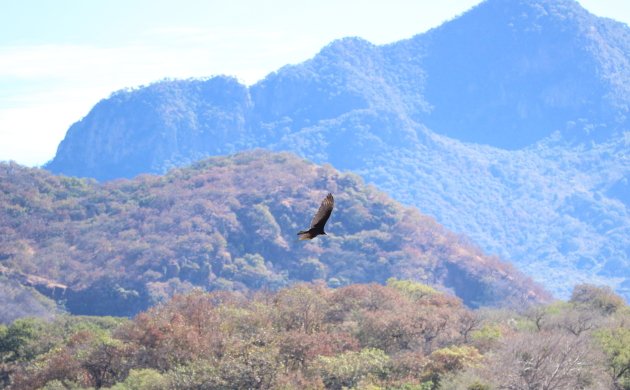
It’s not like civilization as we know it is coming to an end. At least, I hope it isn’t. Yet. But many of the perks of First-World civilization may be hard to come by for a while.
Yeah, I’ve birded in the developed world. Not all that much, at least in recent years, but I’ve done it. I know all about your fancy Interpretive Centers, pre-built observation blinds and platforms, and wooden marsh walkways. I know that you have ever-so-organized birding clubs, with their beginning birdwatching classes, monthly field trips, and (just imagine!) pelagic tours. You get rare bird alerts almost every week, and your bird distribution maps actually reflect bird distributions.
In contrast, if I want to visit a developed birding site, I have to drive almost 3 hours. (It’s in San Miguel de Allende, and it’s lovely; I must write about it someday.) The nearest Audubon Club chapter? That would also be in San Miguel de Allende. It’s the only one in all of Mexico.
Back when I discovered eBird, the site only listed a couple of Hotspots in Morelia that deserved the name. One was in my own neighborhood, so I had already discovered it. Which is exactly what I ended up doing with almost all my other favorite sites: I discovered them myself. I used the terrain function of Google Maps to find the lowest and highest sites within an hour of my home, which led me to the town of Paso Ancho (3,300 feet) and Cerro de Garnica National Park (10,000 feet). I have visited both sites within the past month. That is Paso Ancho in the photo above.
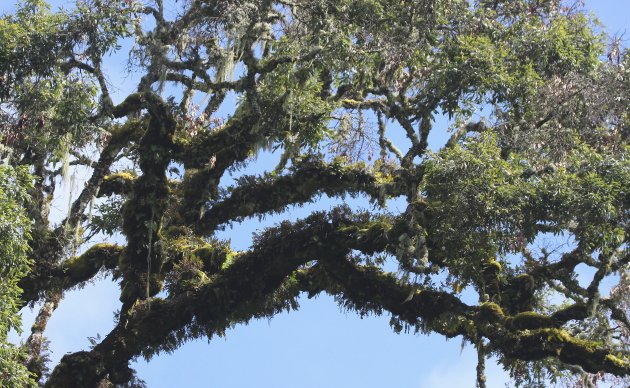 Contrast the image above of subtropical thorn forest with this one, of the cloud forest of Cerro de Garnica.
Contrast the image above of subtropical thorn forest with this one, of the cloud forest of Cerro de Garnica.
The satellite images on the same page led me to interesting bits of forest or wetlands that no one else had explored for birding potential. I found a couple of wonderful sites just by driving down promising roads and stopping wherever things looked interesting. This was always a process of solitary exploration; only later did other birders ask me to take them to see the unusual species I had found.
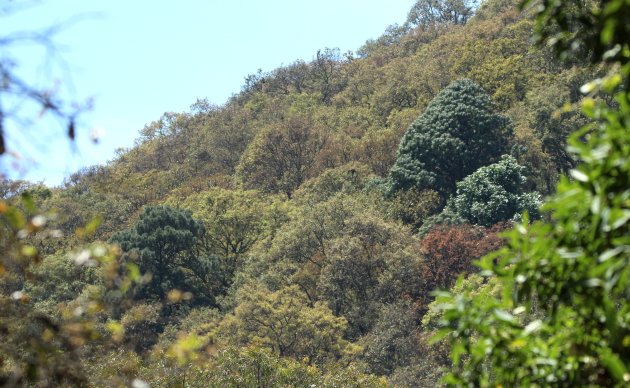 El Temascal: Stopped to explore on the way back from Paso Ancho. Followed a trail up the mountainside. Found all sorts of wonderful species. (Slaty Vireo and Ocellated Thrasher, anyone?)
El Temascal: Stopped to explore on the way back from Paso Ancho. Followed a trail up the mountainside. Found all sorts of wonderful species. (Slaty Vireo and Ocellated Thrasher, anyone?)
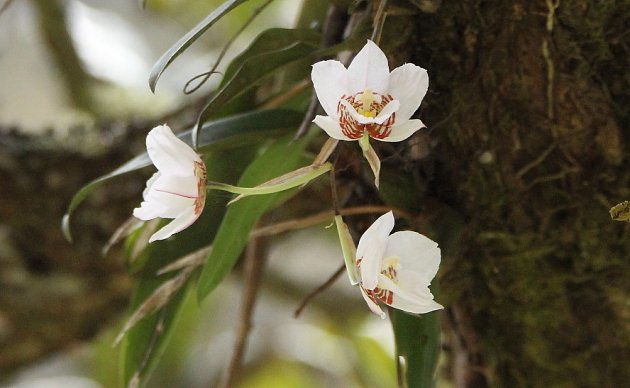 I found some nice orchids, too.
I found some nice orchids, too.
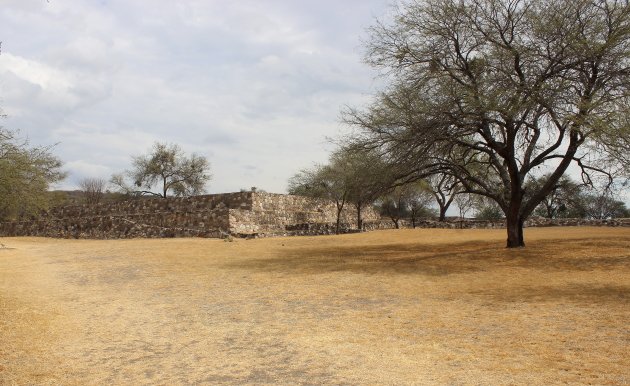 Tres Cerritos: Stopped to check out an archaeological site, just in case. Found Phainopeplas, Cactus Wrens, and migratory Yellow-breasted Chats. Also, a nice piece of nearby shore.
Tres Cerritos: Stopped to check out an archaeological site, just in case. Found Phainopeplas, Cactus Wrens, and migratory Yellow-breasted Chats. Also, a nice piece of nearby shore.
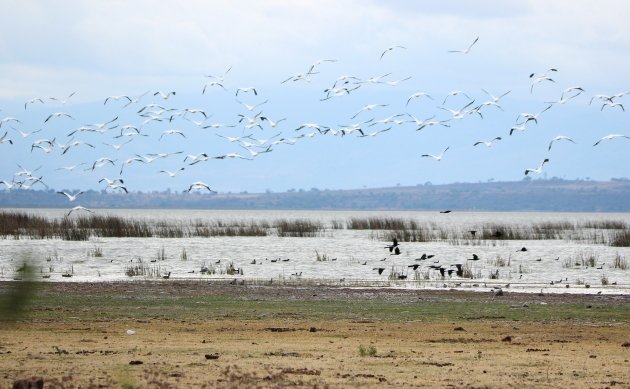 No one with Coronavirus here!
No one with Coronavirus here!
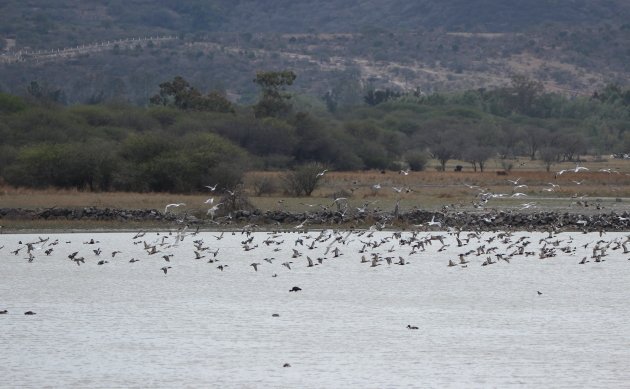 Lake Cuitzeo: a large, shallow, nearby lake. That’s a no-brainer. Plenty of shore to share with, well, no one.
Lake Cuitzeo: a large, shallow, nearby lake. That’s a no-brainer. Plenty of shore to share with, well, no one.
Of course, I did not bird this way because I have the heart of an intrepid explorer. I did it because no one else had done it yet in my particular area. If I didn’t find my own birding sites, I would not have any birding sites.
And here we are, in 2020, being told to shun human contact as much as possible. All those Interpretive Centers and state park trails are now places of potential danger. Organized outings are out of the question. Club meetings have been cancelled. Must we limit ourselves to backyard birding?
Unless you live in the heart of a major city and do not have a private car, or are currently living under the strictest of lockdowns, the answer is no, you do not have to bird only in your backyard. You just have to find a piece of wild land that no one else is visiting. Explore a bit of wetland that does not have a boardwalk. Wander into a bit of abandoned second-growth forest. Climb the hill above that beach you and your friends have always visited. Bird like I bird.
I’m not saying that my way is better. I bird this way because it is the only way available to me. And, for the moment, it may be the only way available to you, as well. Unless your area is under total lockdown, in which case, I truly hope you have a backyard. But if you can, do go out and look for a new, no-human patch.
You never know what you may find!













I enjoy reading each and every one of Paul’s posts. This one is no exception. Thank you!